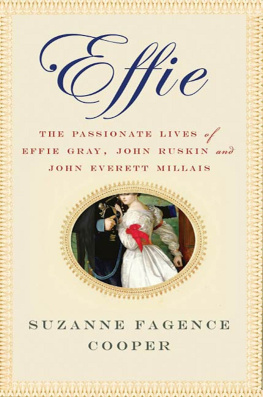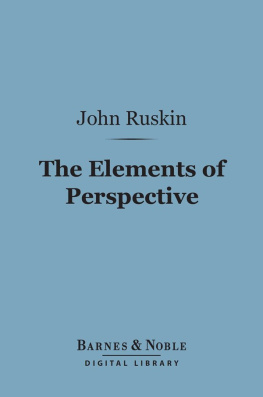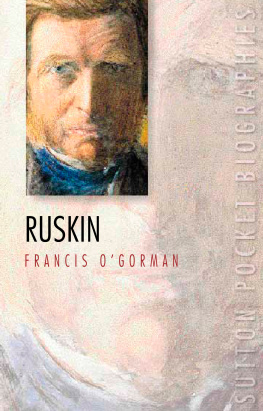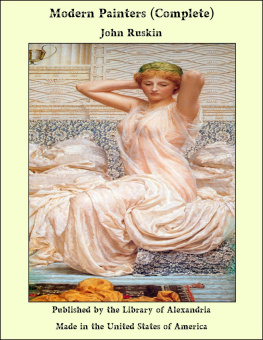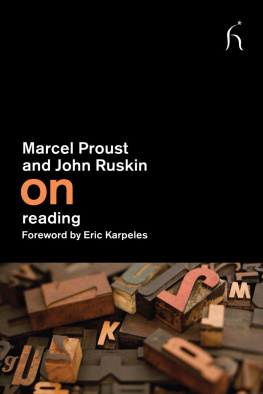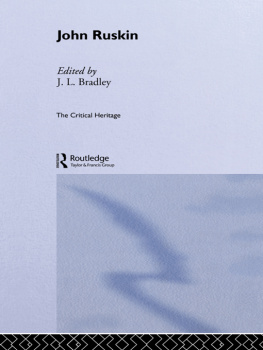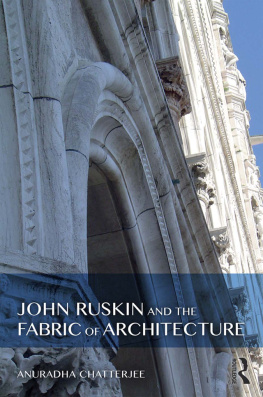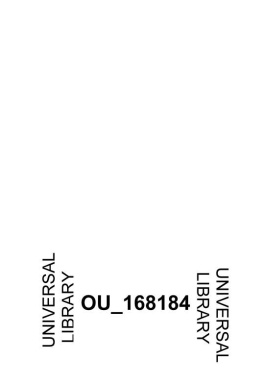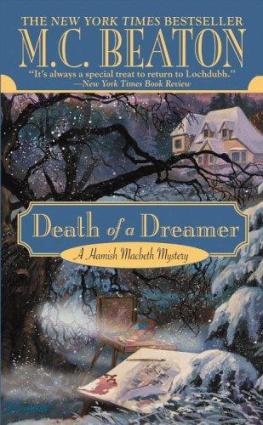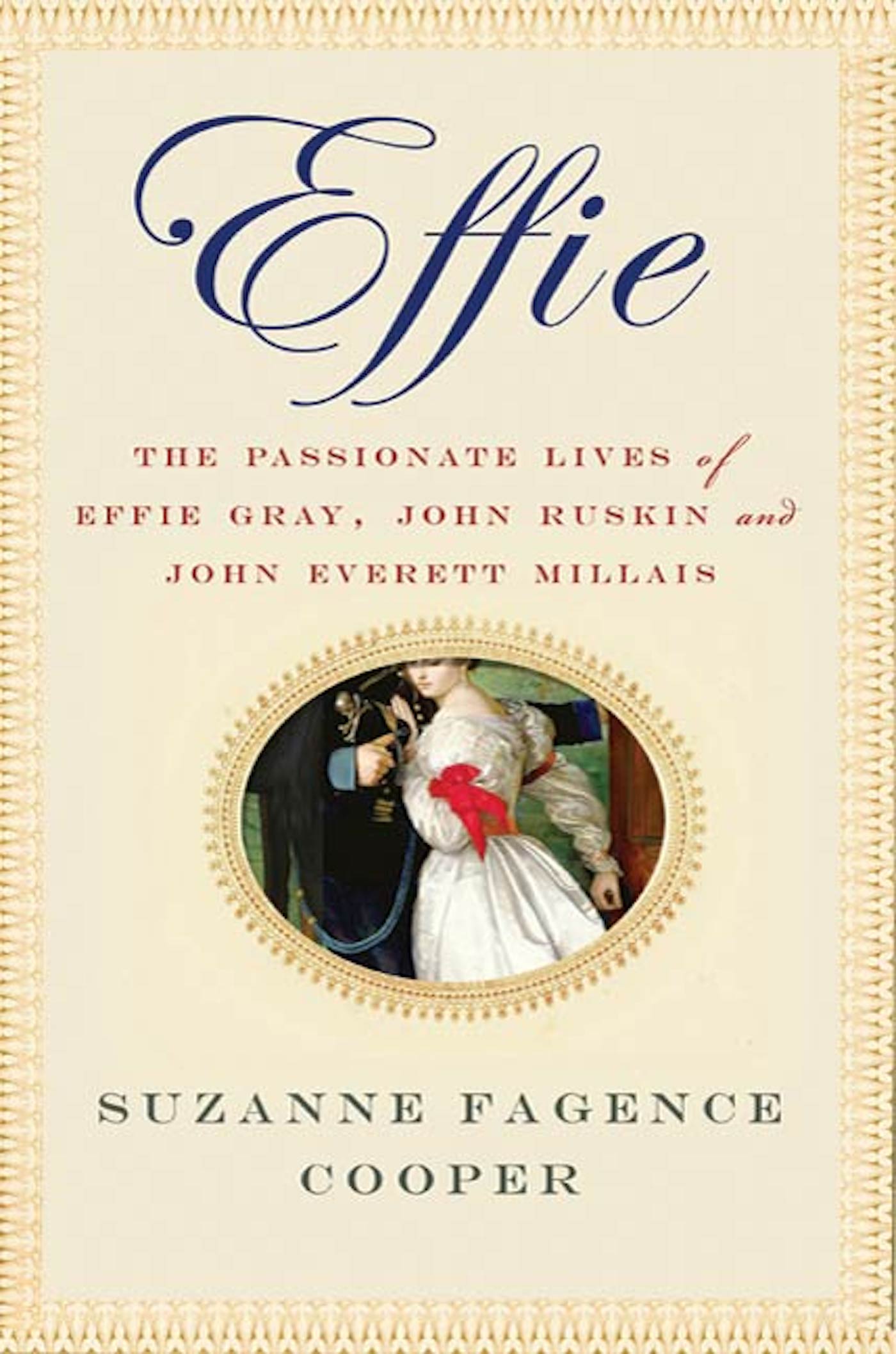Anyone who is interested in Effie Gray owes a great debt of gratitude to Mary Lutyens. She edited and published Effies letters for the years of her marriage to John Ruskin in Effie in Venice (1965), Millais and the Ruskins (1967) and The Ruskins and the Grays (1972). Mary Lutyenss scholarship provided the essential groundwork for my attempts to reveal Effies story to a new generation. However, Lutyenss account stopped at the moment Effie married again. I wanted to look beyond 1855, to see what happened next, in the forty years of her life with John Everett Millais.
In January 2009 Sir Geoffroy Millais generously agreed to lend a substantial portion of the familys papers to the Tate Gallery Archive. For the first time in a century, Effies letters from her father and mother, her sisters and her children could be seen by someone outside the family. I was given privileged access to these papers. This correspondence has never been made available to historians before; it is a remarkable collection, full of drama and detail. Fifteen bulging brown-paper packages were handed over to me by Adrian Glew, archivist at Tate Britain. They contained thousands of letters, dating from Effies schooldays right up to her death. I am grateful to Adrian and his colleagues for their patience and good humour, as they helped me to work through the unwieldy bundles.
My archival research has also taken me to the Ruskin Library at Lancaster University. I would like thank Stephen Wildman, Rebecca Patterson and their colleagues who have always been ready to answer my questions and offer advice. Later, when I visited the Morgan Library and Museum in New York, the staff were very welcoming and helpful.
I count myself lucky that I have been able to call on the expertise of many colleagues and friends while trying to unravel some knotty problems. I am grateful for the support I have been given by Jan Marsh; Christina Bashford; Simon Shaw-Miller; Kirsteen Nixon at the Florence Nightingale Museum;Sonia Hope at the Womens Library; The Zambia High Commission, Steve Grindlay; Sarah Colegrave; Greg Wise; the online community of academics and enthusiasts who subscribe to the Gaskell and Victoria lists; and Chilcott Auctioneers. My research has also been made far more enjoyable thanks to the help I have received from Effies own family. I am particularly indebted to Julian James, Roger Bowdler and Peter Dolphin for their assistance.
This book was championed at Duckworth by Mary Morris. She believed in the subject, and in the author. I hope she will be proved right. I am grateful to Mary, and to my editor Tracy Carns and copy-editor Richard Dawes, for their help in turning my ideas into something concrete. Ray Davies has also been an ally, pulling the book into shape. And I could not have got this far without the encouragement of my agent, Jonathan Conway. I trust this will be the start of a long and fruitful relationship.
Closer to home, I am sure my friends and neighbours will be delighted to hear that the writing is finished. They have followed Effies journey every step of the way. Viv and Steve Jackson, Amelia McNair, Ulrike Wray, Anna Gawthorp, Hazel Grant, Penny Kramer, Jonathan Fagence and the village book group all deserve a special mention. I have also called on the erudition and sympathy of good friends from Oxford days, including Clare Griffiths, Susan Skedd and Matthew Grimley. Julia Yates and Elizabeth Player have listened and laughed, and we remain ever the best of friends.
Reading Effies letters, it becomes clear that her story is really the story of her family. She knew she could rely on her parents. That is what gave her the strength to leave Ruskin and start a new life with Millais. In due course her parents, George and Sophia Gray, kept open house at Bowerswell for their grandchildren. The family home was always alive with chatter and music. The bond between the three generations was affectionate and enduring, stretching over decades and across continents. So this book is, at least in part, a celebration of the love between grandparents and grandchildren. I know it would never have been written without the unfailing generosity and kindness of my own parents.
And now I come to John: thank you for keeping the faith, and for giving me the very best gifts in the worldour two beloved daughters, wise and beautiful Rosalind, and Beatrice, who has taught me cheerfulness and the art of storytelling. May you both live happily ever after.
John Everett Millais, Spring , 18569, oil on canvas, National Museums Liverpool, Lady Lever Art Gallery; Effie Ruskin to Rawdon Brown, Bowerswell, 27 April 1854, Mary Lutyens (ed.), Millais and the Ruskins (London: John Murray 1967), p.182; Effie Ruskin to George Gray snr., 6 March 1854, Millais and the Ruskins , pp.1547; Tim Hilton, John Ruskin: The Early Years 18191859 (Yale University Press: New Haven and London 1985), paperback edition 2000, p.73.
The Hon. Mrs Norton, A Letter to the Queen on Lord Chancellor Cranworths Marriage and Divorce Bill , 3rd edition (London: Longman, Brown, Green and Longmans 1855), pp.811; John Ruskin, letter to F.J. Furnivall, 1819 August 1854, Millais and the Ruskins , pp.2323; Susan Kingsley Kent, Gender and Power in Britain, 16401990 (London and New York: Routledge 1999), p.251; A Letter to the Queen , p.16; Effie Ruskin to Rawdon Brown, 17 April 1854, Millais and the Ruskins , p.177.
John James Ruskin to George Gray snr., 2 August 1852, Millais and the Ruskins , p.13; Effie Ruskin to Sophia Gray, 24 February 1852, Mary Lutyens (ed.), Effie in Venice: Unpublished Letters of Mrs John Ruskin Written from Venice between 1849 and 1852 (London: John Murray 1965), new edition (London: Pallas Editions 1999), p.275; John Ruskin, Modern Painters , vol. 1, E.T. Cook and Alexander Wedderburn (eds.) , The Works of John Ruskin: Library Edition (London and New York: George Allen 190312), vol. 3, p.624; John Ruskin to John James Ruskin, 6 July 1853, Millais and the Ruskins , p.60; John Everett Millais to Mrs William Collins, 10 July 1853, Millais and the Ruskins , p.68; John Everett Millais to Charles Collins, 25 September 1853, Millais and the Ruskins , p.90; John Everett Millais to Sophia Gray, 19 December 1853, Millais and the Ruskins , p.120; William Gladstone quoted in French Fogle, The Huntington Library Quarterly (Berkeley: University of California Press), vol. 20, no. 1 (November 1956), p.51.
The Times , Tuesday, 13 February 1838, p.5; Effie Gray to George Gray snr., 20 April 1844, Transcriptions of the Bowerswell Papers, p.45; Phyllis D. Hicks, A Quest of Ladies: The Story of a Warwickshire School (privately published 1949), p.14; George Gray snr. to Effie Millais, 5 May 1876, Geoffroy Richard Everett Millais Collection, loan C, parcel 7A.
Judith Flanders, The Victorian House: Domestic Life from Childbirth to Death (London: HarperCollins 2003), pp.414; John Mackenzie (ed.), The Victorian Vision: Inventing New Britain (London: V&A Publications 2001), p.113; Matthew Sweet, Inventing the Victorians (London: Faber and Faber 2001), p.86; Robert Woods and Nicola Shelton, An Atlas of Victorian Mortality (Liverpool: Liverpool University Press 1997), pp.48, 65, 69.
Melville Jameson to Sophia Gray, 27 November 1831, Transcriptions of the Bowerswell Papers, p.10; Sophia Gray to George Gray snr., 21 July 1843, Transcriptions of the Bowerswell Papers, p.43; George Gray jnr. to Sophia Gray, n.d. November 1844, Transcriptions of the Bowerswell Papers, p.44.
Judith Flanders, The Victorian House , pp.224; Melville Jameson to George Gray snr., 17 March 1831, Transcriptions of the Bowerswell Papers, p.9.

